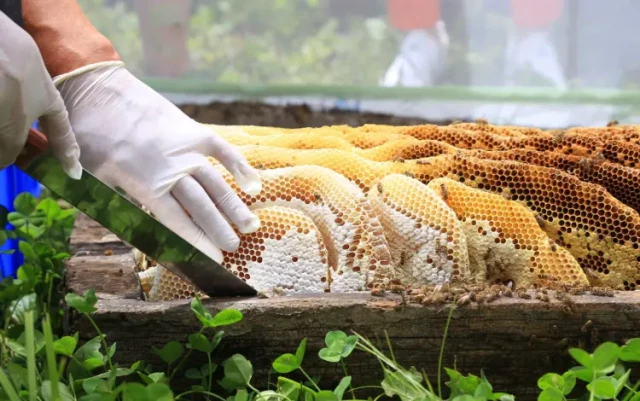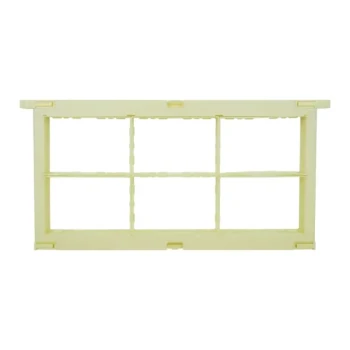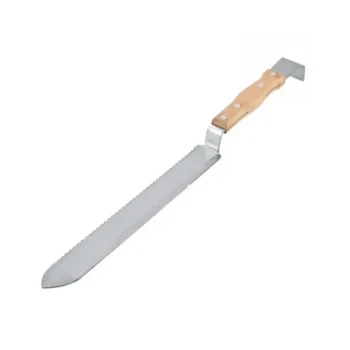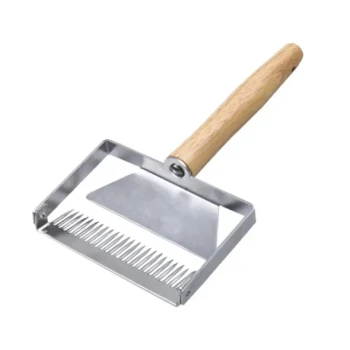Beekeeping success hinges on mastering honey super management—adding them too early wastes resources, while adding them too late risks overcrowding and lost honey production. This guide reveals the exact thresholds and environmental cues that signal when your hive needs more space, helping you optimize honey yields from your first season.
Starting Beekeeping with Honey Supers
What Is a Honey Super? (And How It Differs from Brood Boxes)
Honey supers are specialized hive boxes placed above the brood chamber, where bees store surplus honey. Unlike brood boxes (which house eggs, larvae, and pollen), supers contain only honeycomb frames—typically with thinner foundations to encourage honey storage.
Key distinction:
- Brood boxes: Vertical space for colony growth (~8–10 frames per box).
- Honey supers: Horizontal expansion for harvestable honey (often 9–10 frames).
The 3 Key Factors That Determine When to Add More Supers
- Hive Population: A strong colony filling 70–80% of the brood box likely needs a super.
- Nectar Flow: During peak bloom (e.g., spring fruit trees or summer clover), bees may fill a super in just days.
- Weather Patterns: Warm, dry weather accelerates foraging; supers may be added earlier in mild climates.
Monitoring Your Hive for Smart Super Expansion
Visual Signs Your Bees Need More Space
- Frame Occupancy: If 7+ frames in the super are capped or filled with nectar, add another.
- Bee Congestion: Bees clustering outside the hive or building "bridges" between frames indicate overcrowding.
- Burr Comb: Excess wax between frames signals space constraints.
Pro Tip: Use a hive tool to gently inspect frames every 7–10 days during active seasons.
How Local Nectar Flow Patterns Impact Super Requirements
- Urban Areas: Steady but smaller nectar flows (e.g., gardens, parks) may require 1–2 supers per hive.
- Rural Areas: Intense, seasonal flows (e.g., alfalfa fields) might need 3–4 supers stacked progressively.
Seasonal Cues:
- Early Spring: Add first super when dandelions bloom.
- Late Summer: Reduce supers as goldenrod fades to prepare for winter.
Avoiding Common Mistakes
Overcrowding vs. Underutilization: Finding the Balance
- Overcrowding Risks: Swarming, reduced honey quality, and stressed bees.
- Underutilization Costs: Unused supers attract pests like wax moths and waste equipment.
Solution: Follow the "80% rule"—add a super when the current one is nearly full but before frames are entirely capped.
Case Study: Urban vs. Rural Beekeeping Super Strategies
-
Urban Hives:
- Fewer supers (1–2) with frequent monitoring due to fragmented forage.
- Prioritize shallow supers for easier handling on rooftops or balconies.
-
Rural Hives:
- Multiple deep supers to handle rapid honey accumulation.
- Stagger additions during major blooms to avoid overwhelming the colony.
Ready to Scale Your Beekeeping Operation?
For commercial apiaries and distributors, HONESTBEE delivers durable, high-capacity honey supers and hive components designed for seamless seasonal scaling. Our wholesale-focused equipment helps you maximize honey production while minimizing labor—because every frame should count.
Explore HONESTBEE’s beekeeping solutions today, and turn nectar flows into reliable revenue.
Visual Guide
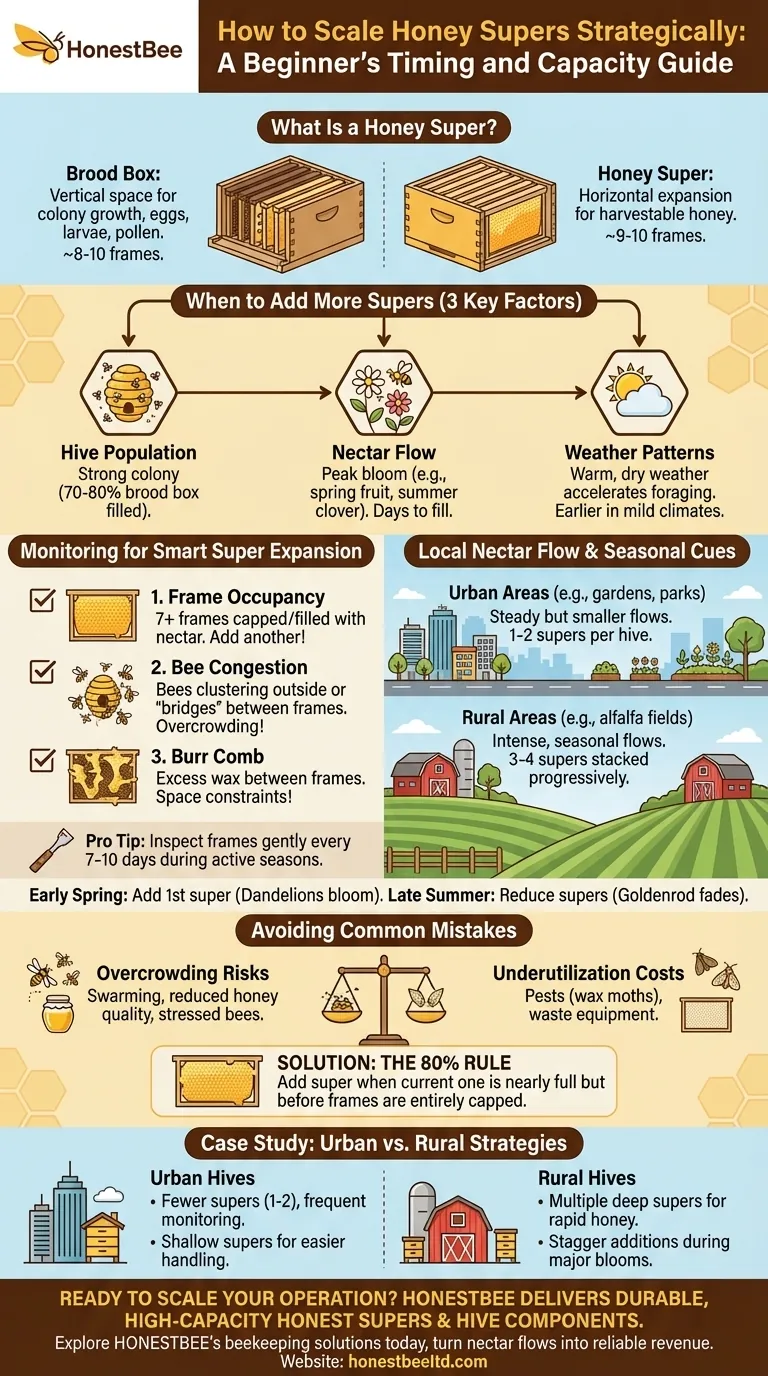
Related Products
- Langstroth Honey Bee Box Hive Boxes for Different Depths
- Professional 500g Sectional Comb Honey Frame System for Beekeeping
- Portable Bee Mating Hive Boxes Mini Mating Nucs 8 Frames for Queen Rearing
- Economy Small Scale Honey Dryer Dehumidifier Thickening Machine
- Twin Queen Styrofoam Honey Bee Nucs Mating and Breeding Box
Related Articles
- How Medium Boxes Elevate Beekeeping Efficiency: Ergonomics, Hive Health & Cost Savings
- How Medium Boxes Make Beekeeping Easier While Protecting Your Hives
- Plastic Bee Hives: A Smart Investment for Modern Beekeepers
- How Smaller Nuc Box Frames Improve Brood Health Through Thermal Regulation
- When Shallow Hive Boxes Outperform Deep Supers: Niche Applications in Modern Beekeeping
